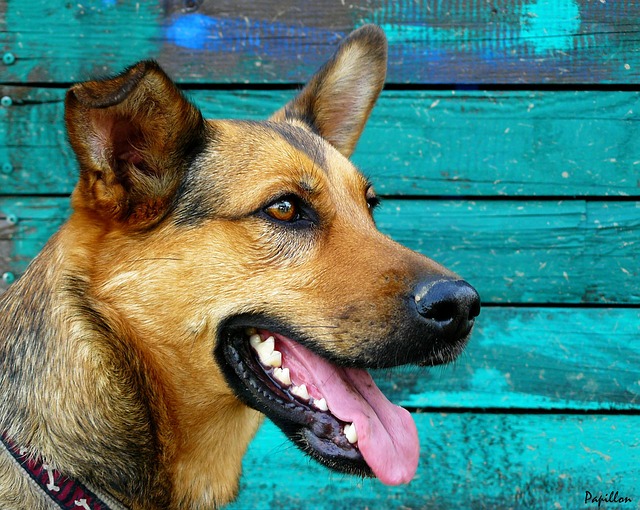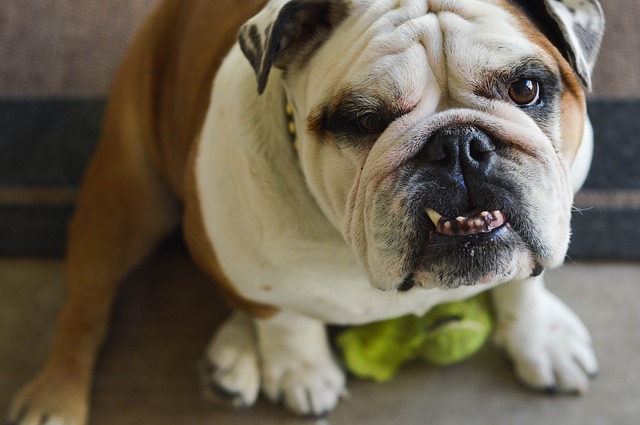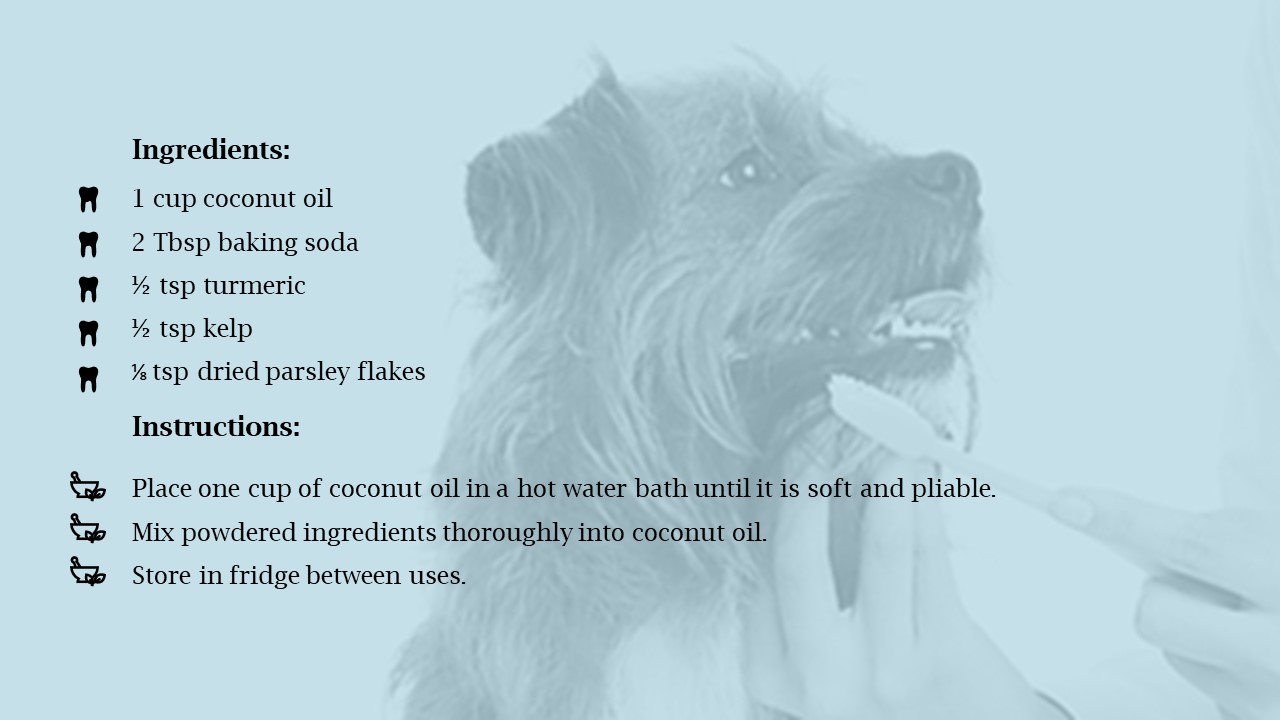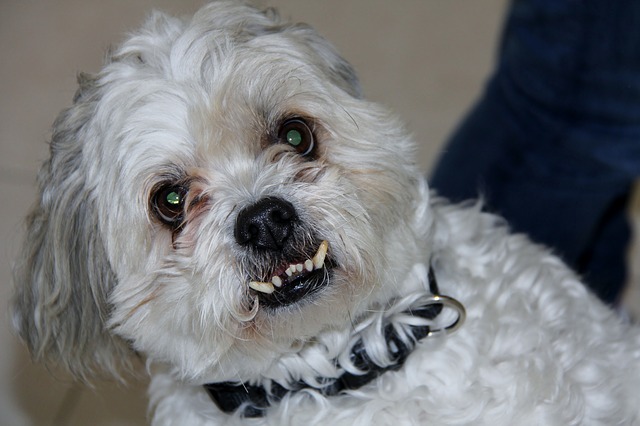A common question we get here at iHeartDogs.com is: “How do I brush my dog’s teeth?” We have spent years working with owners in understanding dental hygiene and how to help your pup the most. Here is how to brush your dog’s teeth:
Dogs suffer from all the same dental problems that we do, such as tartar, plaque, and calculus buildup; broken or fractured teeth or roots; developmental or orthodontic problems; abscesses or infected teeth; cysts or tumors in the mouth; and gum disease or gingivitis, which can lead to chronic infections that can affect your dog’s heart, liver, and kidneys. That means failing to brush your dog’s teeth could eventually be fatal.

Why is it so important to brush your dog’s teeth?
According to the American Veterinary Dental Society, over 80% of dogs have some kind of dental issue by age three. Dogs also usually hide their pain, including dental pain. Even a mouth full of abscessed teeth may not stop them from eating.
If you notice any of the following symptoms, you should take your dog to the vet before beginning a toothbrushing routine: bad breath; excessive drooling; swollen or bleeding gums; loose, broken or missing teeth; teeth covered in tartar or discolored; abnormal chewing or dropping food; refusal to eat; pain, bleeding, or swelling around the mouth; or tumors or cysts inside the mouth. These can all be signs of very serious health problems and should be addressed by your veterinarian as soon as possible.
If you want to prevent a lifetime of possible dental problems, pain, and even life-threatening infections, it’s important to brush your dog’s teeth every day, just as you brush your own teeth every day.

Do my dog’s teeth get cleaned just by eating and playing with toys?
Does eating hard pretzels clean your teeth? Dry food has not been shown to make a significant positive impact on dental health, and wet foods may even contribute to dental problems, so you can’t rely on your dog’s food alone to clean his teeth.
Long-lasting chew toys such as bully sticks or rubber toys can offer some benefit if your dog spends at least 30 minutes a day chewing on them, especially if you add virgin coconut oil since it has antibacterial properties. Always supervise your dog when he’s chewing on something like this, though, and remove it if it becomes small enough to become a choking hazard.

5 key steps to brushing your dog’s teeth:
1. Set up a daily routine.
Dogs thrive on routine, and daily toothbrushing is the best way to prevent – or even notice – dental problems in your dog. If daily brushing is not possible, try for three times a week.
2. Get a product specifically designed to clean with bristles or floss.
It’s not enough to just put the toothpaste directly into your dog’s mouth. You need a toothbrush or other tool with actual bristles to get the tartar off. Dogs have sensitive gums, so be sure to choose a toothbrush with soft bristles.
3. Use a dog-approved toothpaste.
Never use human toothpaste on a dog, as most human toothpaste contains fluoride, which is toxic to dogs. Others contain the deadly artificial sugar, xylitol, and other potentially dangerous chemical agents.
Dog toothpaste is not only safe, it comes in tasty flavors like beef or poultry. It’s also usually enzymatic, which means that the enzymes generate hydrogen peroxide that targets plaque and tartar, so your toothbrushing efforts are even more effective.
You can also make your own homemade dog toothpaste using common household ingredients like coconut oil, baking soda, and parsley such as the recipe below.

4. Make it fun – the better the experience you make it, the more they will look forward to it.
The last thing you want is for your dog to go running every time he sees the toothbrush. Use lots of praise before, during, and after brushing your dog’s teeth. You can reward your dog afterward with their favorite game or a special treat that they only get after having their teeth brushed.
5. Monitor your dog’s teeth and breath and see your vet if needed.
Some dogs need more toothbrushing than others. If you start to see more plaque and tartar building on your dog’s teeth, it may be time for a professional cleaning from the vet. These six tips may help keep your pup’s teeth clean between veterinary dental procedures.
These statements have not been evaluated by the Food and Drug Administration. This product is not intended to diagnose, treat, cure, or prevent any disease. The information on this website is not intended to replace a one-on-one relationship with a qualified healthcare professional.
(H/T: WebMD Pets, Rover, AVMA, Animal Planet, The Nest)
